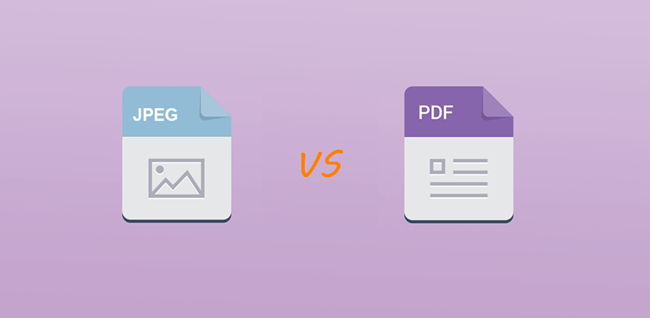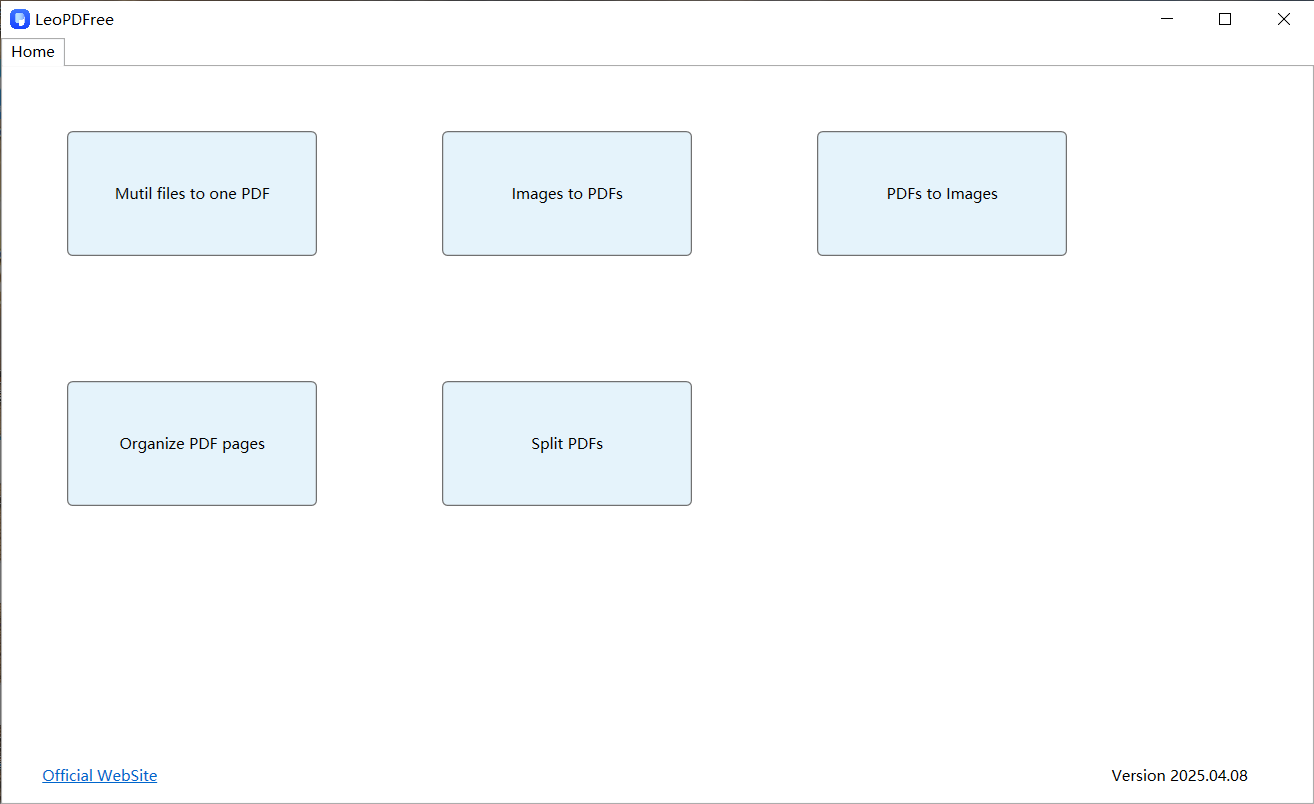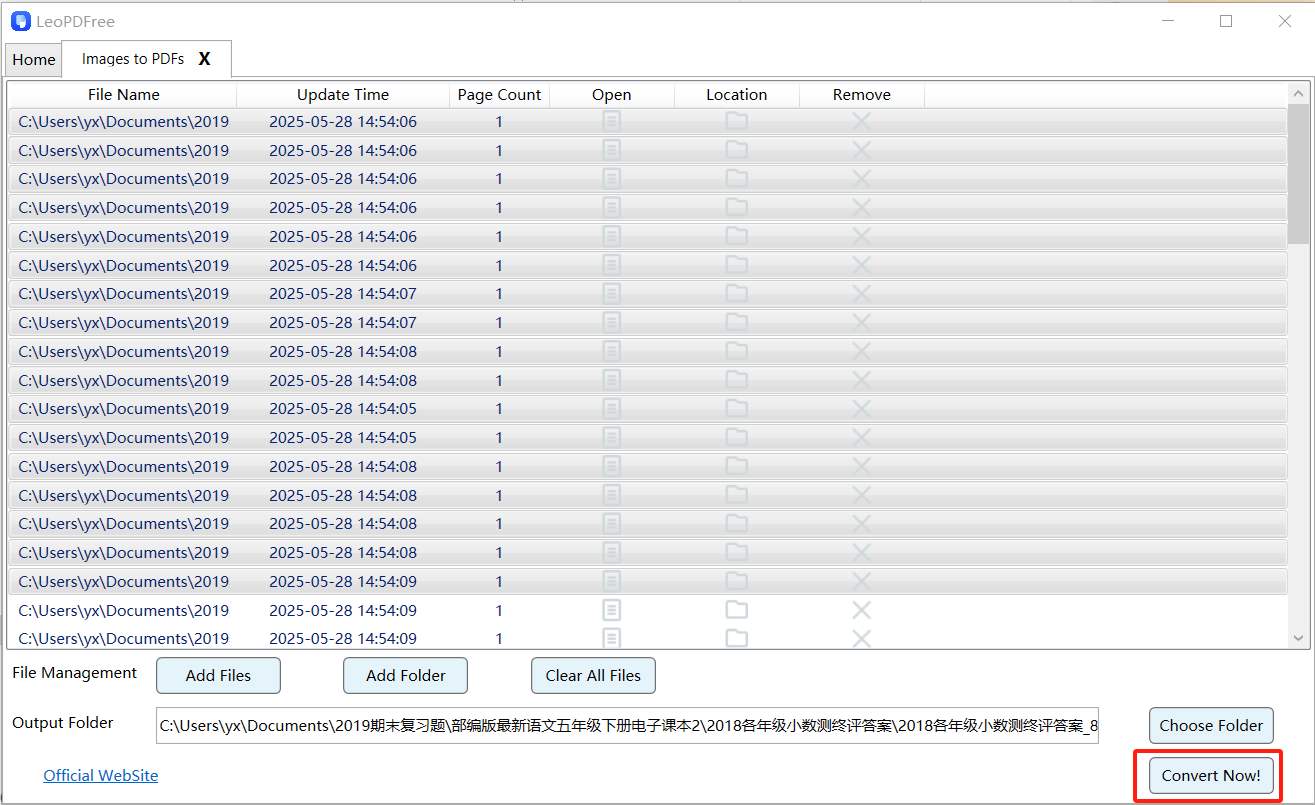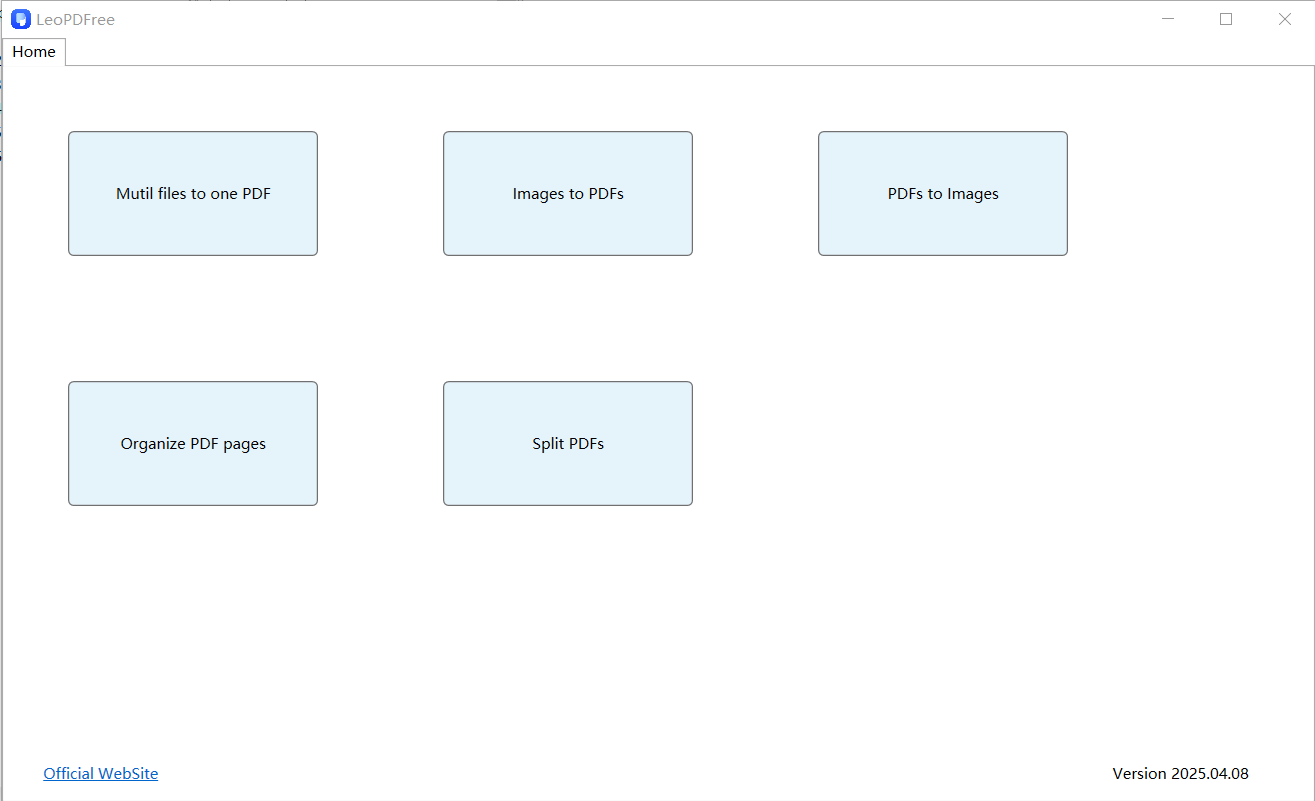Recently there has been some debate surrounding PDF vs JPEG. Some key argumentative points are the file size, compatibility, and appearance of the formats. As a result of this debate, we’ve taken the liberty to do the research and find out everything we could about the formats in question.

PDF vs JPEG: Which One Is Better?
What is PDF?
To start we’ll focus on PDF, a format that we endorse for many reasons. PDF, lesser-known as Portable Document Format, is mostly used by companies and individuals who are creating professional documents.

Because the main use of PDF is for documents, it’s not a format that comes to mind when we are talking about images. However, that doesn’t mean that PDF files can’t be used for storing images. Here’re the features of PDF:
Widespread Compatibility. A key benefit to PDF is that it is compatible with virtually any system. Both Windows and Mac computers can open PDFs, so can iPhones and Android smartphones (and tablets). This eliminates the chances of the recipient not being able to open the file.
Tidy Storage. When it comes to images, using a PDF is particularly great for organising the photos. Consider this: you get home from vacation and have hundreds of photos. Instead of having a folder full of them, put them in a PDF and create a photo album.
High Image Quality. Contrary to what some people think, image quality is not compromised by storing images as PDF. The quality is preserved, and a high-quality image is shown.
What is JPEG?
Now let’s consider the differences between JPEG and PDF. JPEG (named after Joint Photographic Export Group, the creators) is one of the most popular image formats alongside PNG, TIFF, and BMP.

It is a type of file that everyone is familiar with and this is why we typically choose it over other formats. Now, even though the simple fact that we’re familiar with JPEG is enough to sway us, there are a few technical specifications worth noting.
Uses Lossy Compression. For those who don’t know, lossy compression is a common compression method. With this method, an image has a slight drop in the quality which isn’t noticeable to the human eye (unless you zoom in a lot and compare the compressed image to the original). Why is this used? The simple answer is that by removing unimportant pixels from an image, the file size can be reduced to about 10% of the original.
Significant File Size Reduction. In addition to the previous point, since this compression method has a big impact on an image’s file size, storage is much easier. Older cameras would capture photos with average quality and they would take as much as 25MB of storage space. Nowadays, with this compression, high-quality photos can be stored efficiently at less than 2MB.
Comparison of PDF and JPEG
To wrap up this section and give you a better idea of PDF vs JPEG, below are the most important takeaways.
- ● JPEG is primarily used for images, PDF is primarily a document format
- ● JPEG uses lossy compression which slightly reduces the image quality, but this is barely noticeable
- ● Text in a PDF can be selected and copied, but text in a JPEG cannot be
- ● PDF files do not use a compression method by default whereas JPEGs do
- ● Uncompressed PDF files with images in them can fill a lot of storage space
- ● The PDF format is supported on most computers/devices but some systems don’t provide support for JPEG images
- ● Storing multiple images in a PDF file is cleaner and more organised than having them in individual JPEGs
- ● PDF files can be edited with software later but JPEG files compress all the components, making them harder to edit
Hopefully, this clears up some things about both the PDF and JPEG format. Each of them can be useful in different ways, but most of the time we’d suggest PDF.
Bonus: How to Convert JPEG to PDF?
Let’s assume that you now believe PDF is better than JPEG and if so, you might want to convert JPEGs to PDF format. LEOPDF is a wonderful software made specifically for PDFs, and there are plenty of great tools that it includes:
LEOPDF – Free JPEG to PDF Converter
- Converts JPEG to PDF in bulk with a lightning-fast speed
- PDF files can be converted to image formats such as JPG, PNG, BMP, TIFF, and GIF.
- PDF files can be split.
- Extract individual pages or images from PDF documents
- Free to use, no ads or payment barriers!
We have no doubt that after understanding the difference between JPEG and PDF, if converting is on your mind, then LEOPDF is the best thing to use. By following our short guide you can convert those images into the alternative format.
Step 1. Download a free copy of LEOPDF and install it on your computer.

Step 2. Once you launch it, click on the “Images to PDFs” feature,”As shown below:”

- 1. Click ‘Add Files’ or ‘Add Folder’ to open and load JPEG files or folders into the LEOPDF window.
- 2. You can open loaded files for viewing using the accompanying icons, or remove unwanted files from conversion—providing a convenient workflow.

Step 3. Click ‘Choose Folder’ to specify the output path for converted PDF files, selecting the destination folder for saving. As shown below:

Step 4.When all preparations are complete, click ‘Convert Now!’ on the interface to complete the conversion swiftly—secure and efficient. As shown below:

That’s all there is to it! In literally a couple of minutes you can convert all of your JPEG images into a PDF file, all thanks to LEOPDF. What’s great about this program is that you can add a lot of JPEGs to the PDF, there are various customisation options, and overall it’s a very easy program to use.
Conclusion
It’s clear to us that there are perks of both formats, even if there are some key differences between JPEG and PDF. Our recommendation is to use PDFs due to how widely supported the format is and also because of programs like LEOPDF. With this toolkit there is nothing you can’t do – spilt, converting, and organize are just the beginning!
Free DownloadSecure Download

